Market share growth continues
The Comprehensive and Progressive Agreement for Trans-Pacific Partnership (CPTPP) took effect in Vietnam in early 2019. Previously, in 2018, Australia was Vietnam's 9th largest seafood export market, but after 5 years of implementing the CPTPP, Australia has become the 5th largest single market for Vietnamese seafood (after the US, Japan, China and South Korea).
The market opening up thanks to trade facilitation and tariff incentives from CPTPP has created a boost for seafood exports to Australia to make a leap forward.
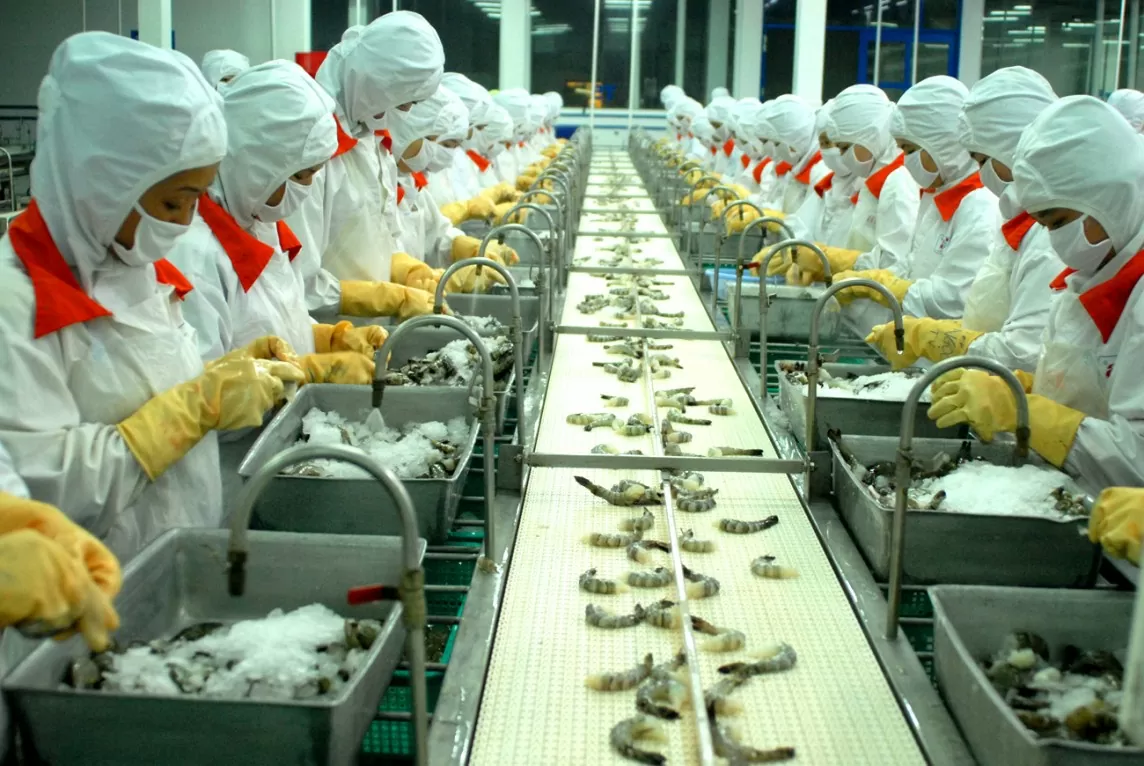 |
| Seafood exports to Australia rise to 5th place. Photo: Trong Dat |
According to Ms. Nguyen Thi Thu Sac - President of the Vietnam Association of Seafood Exporters and Producers (VASEP), Vietnam's seafood exports to Australia will grow continuously from 197 million USD in 2028 to a peak of 365 million USD in 2022, then decrease to 312 million USD in 2023, in the context of a general decline in the world.
In the first 6 months of 2024, if calculated in the CPTPP bloc, Australia is the second largest seafood import market, accounting for 3.6% of the total seafood export turnover of the whole country. Shrimp, pangasius and some marine fish species are the main seafood products that Vietnam exports to this market. Of which, shrimp accounts for 72% of the total seafood export value to Australia; pangasius accounts for over 12%, the rest are barramundi, squid, herring, grouper, etc.
Vietnam is currently the second largest seafood supplier to Australia, accounting for 19.8% in volume and 21% in value of Australia's total seafood imports in 2023. Due to the dissimilar structure of seafood products between Australia and Vietnam, although Australia is also a country with seafood potential, many Vietnamese seafood products still have a place in this market.
In particular, Vietnamese shrimp products often account for over 70% of Australia's total shrimp import value, in particular, the proportion of frozen shrimp products with HS code 030617 accounts for up to 80% in February 2024; shrimp products with HS codes 160521 and 160529 both account for over 50%; Vietnam's market share of all kinds of pangasius also accounts for nearly 100% of Australia's total import value.
On the other hand, Australia is also a seafood supplier for Vietnamese enterprises, with the main product being rock lobster with an import volume of about 40,000 tons/year.
Focus on high quality products
According to Ms. Phung Thi Kim Thu - VASEP shrimp market expert, although there are many advantages, Australia is a market with very strict technical barriers, labeling requirements, and food safety and hygiene, some standards are even higher than those of the US and EU. Therefore, to effectively exploit the Australian market, Vietnam needs to strengthen quality control of farming areas, complete the registration system, evaluate and grant codes for farming and processing areas. At the same time, continue to negotiate to open the market for agricultural and aquatic products exported to Australia.
In addition, according to Ms. Thu, geographical distance leading to high logistics costs and long transportation times are also challenges for Vietnamese seafood enterprises when exporting to this market. Therefore, enterprises must be proactive in exploiting and developing the market, and have long-term business plans to promote the export of goods to Australia.
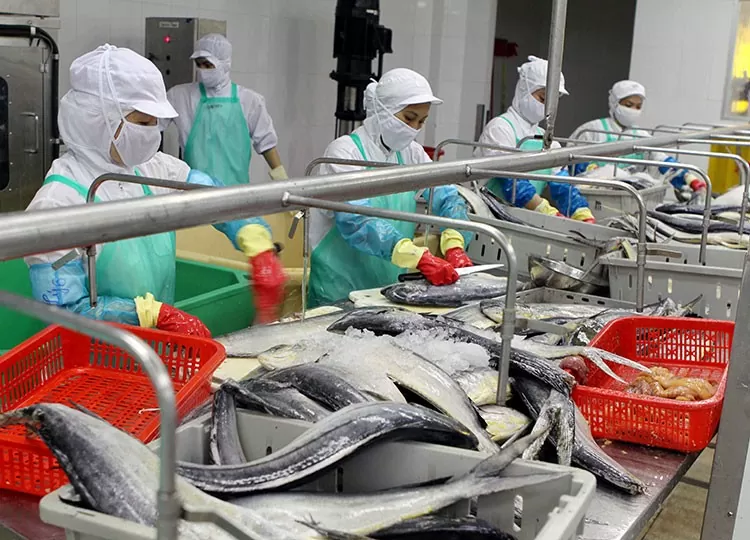 |
| Vietnamese businesses need to pay attention to many of Australia's own standards and regulations. Photo: Trung Chanh |
To ensure seafood exports to this country, the Vietnam Trade Office in Australia recommends that Vietnamese businesses pay attention to many of Australia's own standards and regulations. Specifically, seafood imported into Australia must ensure labeling requirements, strict biosafety standards, and comply with biosafety regulations in the Biosafety Act 2015.
At the same time, seafood products must also ensure food safety according to the Imported Food Control Act 1992 and the Australia - New Zealand Food Standards Code.
Authorities and local governments need to support businesses in building and implementing sustainable development strategies, diversifying supply sources, cooperating to reduce costs, meeting rules of origin; building, developing and controlling quality and farming areas; perfecting the system of registration, assessment and granting codes for farming areas, packaging, preliminary processing and processing facilities; promoting digital transformation in agricultural production and trade.
At the same time, enterprises must be proactive in exploiting and developing markets, improving the quality of goods in a sustainable manner, fully meeting strict import conditions; Focusing on investing in increasing the proportion of processed products, improving the quality of seafood products to promote product exports to the Australian market.
In this regard, the Ministry of Industry and Trade will coordinate with relevant agencies to seek and introduce large Australian corporations to transfer advanced Australian agricultural technology models suitable to Vietnam's practical needs such as processing technology, by-product reuse technology, seed technology, etc. In particular, it will support Vietnamese enterprises to directly participate in Australia's wholesale and retail distribution networks, contributing to bringing agricultural products deeper into this market.
Regarding agricultural export trade promotion activities, the Vietnam Trade Office in Australia said that it will continue to support Vietnamese companies and enterprises in learning about market information, trade and investment situation, assessing potential, investment and business environment in Australia for agricultural, forestry and fishery products. In addition, the Vietnam Trade Office in Australia will also regularly update Australia's new policies, regulations on imported agricultural products.
At the same time, guide and recommend businesses solutions to access the market as well as notes for businesses to prevent commercial fraud when doing business in Australia.


![[Photo] President Luong Cuong attends the National Ceremony to honor Uncle Ho's Good Children](https://vphoto.vietnam.vn/thumb/1200x675/vietnam/resource/IMAGE/2025/5/15/9defa1e6e3e743f59a79f667b0b6b3db)



![[Photo] Prime Minister Pham Minh Chinh receives Country Director of the World Bank Regional Office for Vietnam, Laos, Cambodia](https://vphoto.vietnam.vn/thumb/1200x675/vietnam/resource/IMAGE/2025/5/15/2c7898852fa74a67a7d39e601e287d48)
![[Photo] In May, lotus flowers bloom in President Ho Chi Minh's hometown](https://vphoto.vietnam.vn/thumb/1200x675/vietnam/resource/IMAGE/2025/5/15/aed19c8fa5ef410ea0099d9ecf34d2ad)








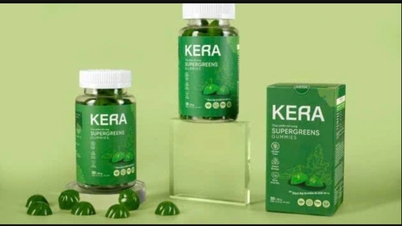




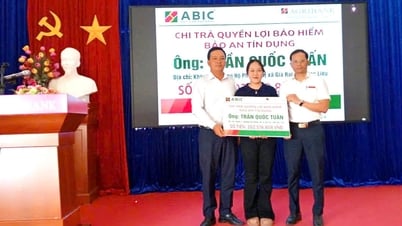

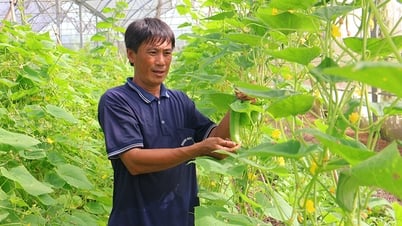




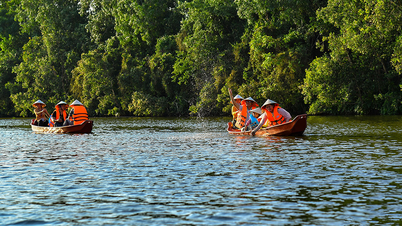





![[Photo] Close-up of An Phu underpass, which will open to traffic in June](https://vphoto.vietnam.vn/thumb/1200x675/vietnam/resource/IMAGE/2025/5/15/5adb08323ea7482fb64fa1bf55fed112)






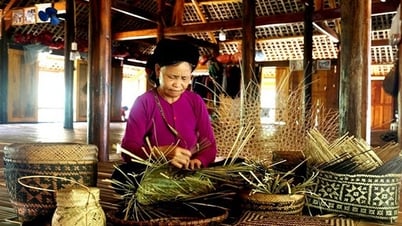

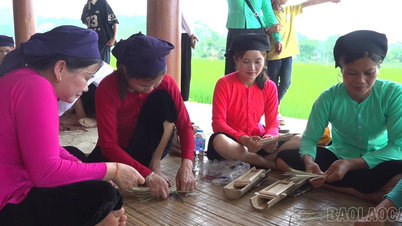

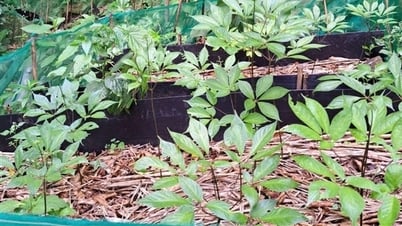

















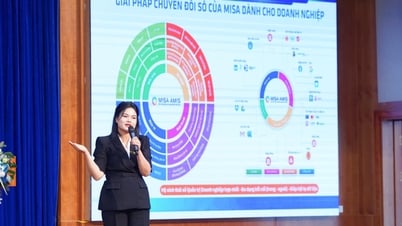


















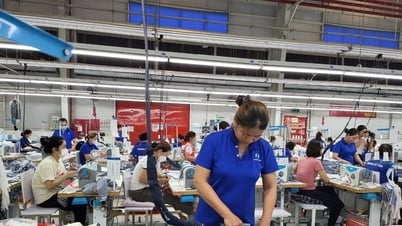






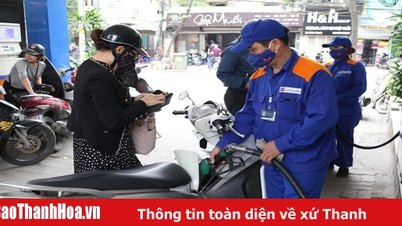

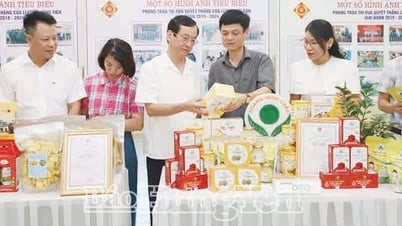

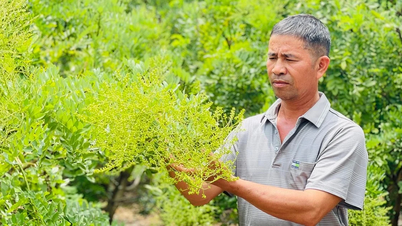

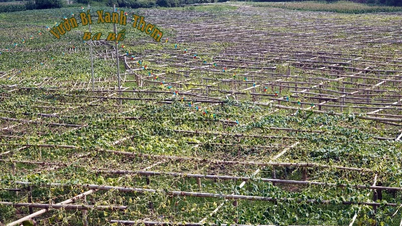



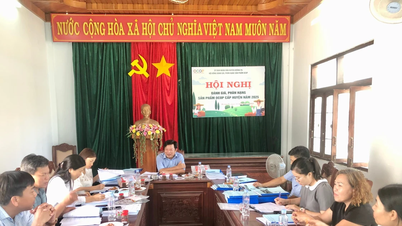
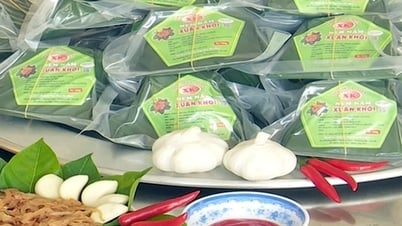
Comment (0)